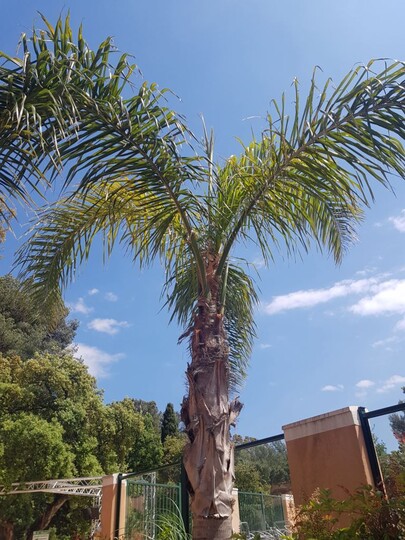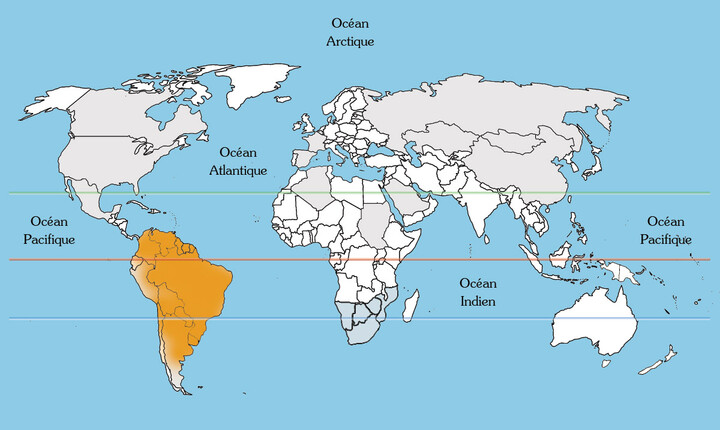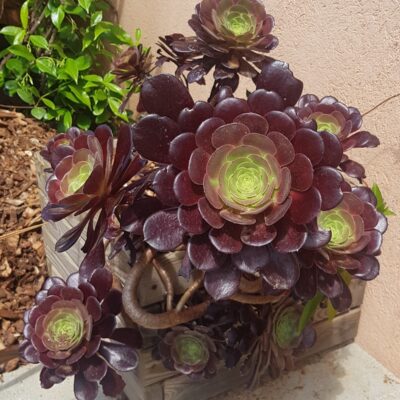Queen Palms
Presentation
A majestic natural symphony
Originating from South America, especially Brazil and Argentina, the Queen Palm or Cocos Palm thrives in the mild temperatures of the Côte d’Azur and, in particular, at our four-star campsite Les Jardins de La Pascalinette®. Its leaves resemble feathers and it is nicknamed the “feathery palm” in French. Its orange-yellow fruit resemble dates but beware – they are not edible!
The Queen Palm is closely associated with the history of its countries of origin.
In parts of South America, its fruit used to be a vital food source for indigenous people, while its leaves were used to make shelters, baskets and even musical instruments.
Today, the beauty and versatility of the Queen Palm continue to amaze us. Its exotic appearance makes it a popular choice for decorating parks and gardens alike.
An imperial origin
According to legend, the Queen Palm takes its name from Empress Josephine de Beauharnais, the first wife of Napoleon Bonaparte. A fervent lover of botany, Josephine is said to have been seduced by the beauty of this tree during her travels to South America in the early 19th century. She is said to have popularized this particular palm variety in Europe.
Mainly used for ornamental purposes today, it is one of the rare palm trees that is not attacked by pests such as the red weevil or palm moth. As a result, it is becoming increasingly popular with landscapers in charge of urban green spaces.
Identity
| Latin name : | Arecastrum romanzoffianum |
|---|---|
| Family : | arecaceae |
| Genus : | Arecastrum |
| Species : | romanzoffianum |
| Color : | White flowers |
| Origin : | South America |
| Foliage : | Evergreen |
| Port : | Palm - herbaceous |
| Height : | 12 to 15 m |
| Flowering : | August-September |
| Location : | You'll find our Queen Palm in the "Jardin du parc aquatique" (nr. 8 on the botanical footpath plan). |
Did you know?
Palm trees belong to the Herbaceous family, so they are really giant grasses rather than trees!




